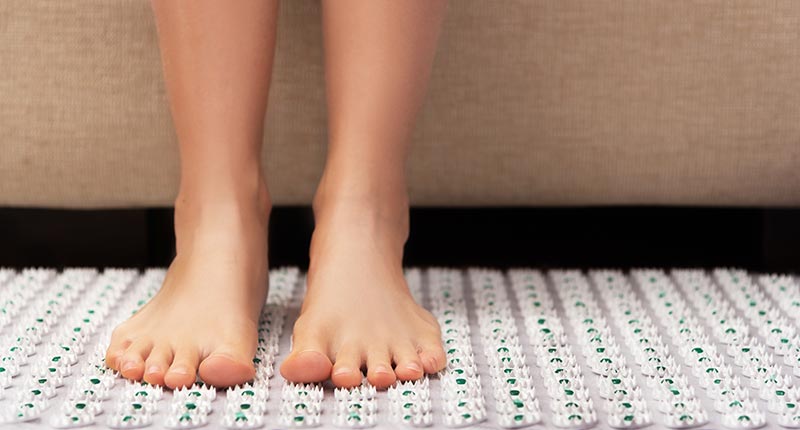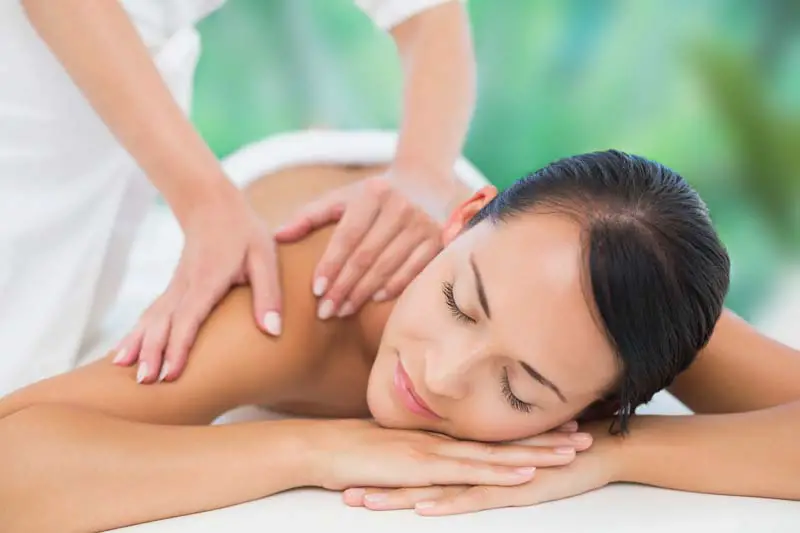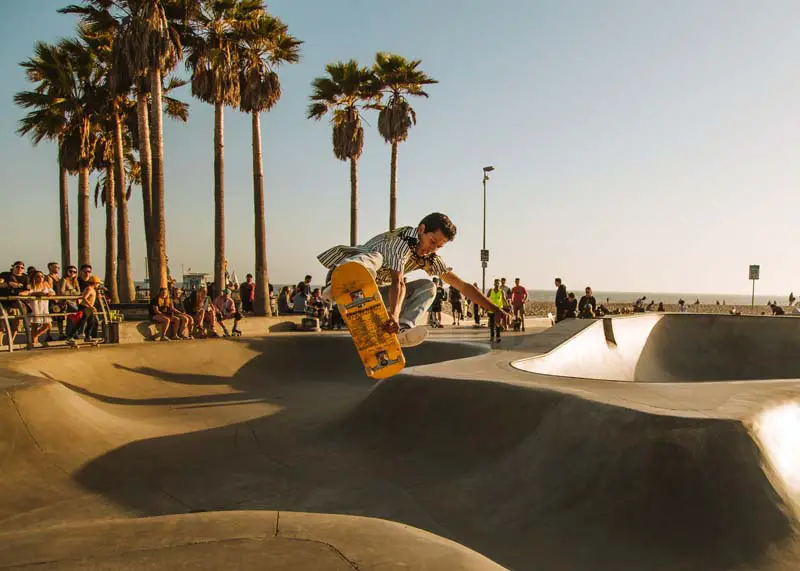Nothing compares to a gentle, relaxing massage. Not only does massage promote mental health and wellbeing, but it also provides a wide spectrum of physical benefits. Improved blood flow, increased flexibility and range of motion, reduced aches, and pains are some of the many positive effects of massage. But it’s not just about scheduling an appointment and getting a massage, what you do after matters too. What to do after a massage and how to get the most out of it? Read on to find out.
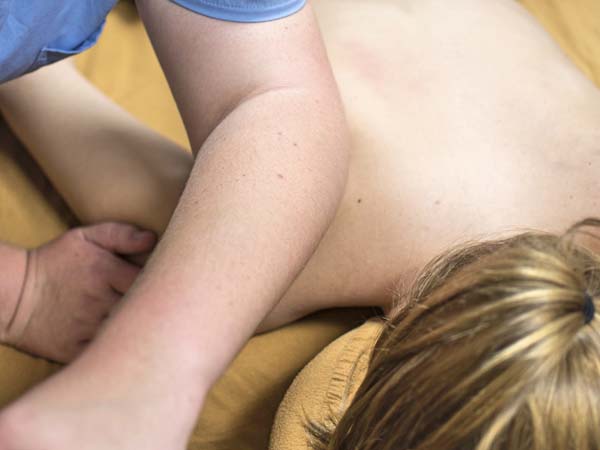
What to do after a deep tissue massage?
I always wondered how to retain those feelings of wellness, calmness, and overall relaxation of mind and body after a massage. The good thing is that I learned how to make the effects of massage last longer, and it’s incredibly easy. If you’ve ever wondered what should you do after a massage, then you’ll definitely want to try out the following tips:
1. Drink plenty of water
Staying hydrated throughout the day is vital for good health and wellbeing. But most of us don’t drink enough water. Well, after a massage, that’s exactly what you should do. Why is it such a big deal, you wonder? Massage promotes blood circulation and induces the release of toxins that have accumulated in the body. Staying hydrated helps flush out these toxins. In other words, the effects of massage remain. Water is a better option than coffee, which can be counterproductive after a massage.
2. Don’t remain sedentary
Can’t wait to get home after a massage and get a quality nap or just lying around? You may want to reconsider that plan. Consider a full-body, deep tissue massage similar to doing a workout. Recovery is important. Without proper recovery, you risk muscle soreness and to feel ill after a massage. It’s a good idea to go for a walk or do some gentle stretching. If going for a walk, try not to carry anything. This will help improve movement and flow in the body while preventing muscles from tightening.
3. Use foam roller or tennis ball
Foam roller or tennis ball can help you prolong the effects of massage without too much effort. They are particularly useful if you have problems with tension in a specific area. If you don’t have a foam roller, you may want to consider getting one or, at least, a tennis ball. There are tons of tutorials to follow to use these simple tools as a proper adjunct to your massage.
4. Epsom salt bath
Can you take a bath after a full body massage? This is a common question among feeling sore after a massage? Don’t worry; you can tackle this problem easily. One of the best ways to combat muscle soreness and get the most out of your massage is to enjoy a nice, warm Epsom salt bath. Soak up for 30 minutes, and you’ll feel like brand new. Am I supposed to take a shower before or after the massage, though? I dedicated a special section to the shower and massage subject below.
5. Choose your meals carefully
Don’t eat a heavy meal after a massage because it can make you feel sluggish and bloated. After all, you should feel re-energized after a massage, not the opposite. When you get hungry, you may want to opt for a plant-based, light meal. Avoid eating anything that’s fried and greasy. If you’re in a mood for dessert, dark chocolate is a good option. Dark chocolate is rich in antioxidants and compounds with anti-inflammatory effects. Plus, it can improve your mood.
6. Wear comfortable clothes
Wearing comfortable clothes helps you stay relaxed and calm after a massage. So if you’re getting a massage after work, it’s practical to bring some comfortable clothes that you’ll wear right after.
Should you shower after a massage?
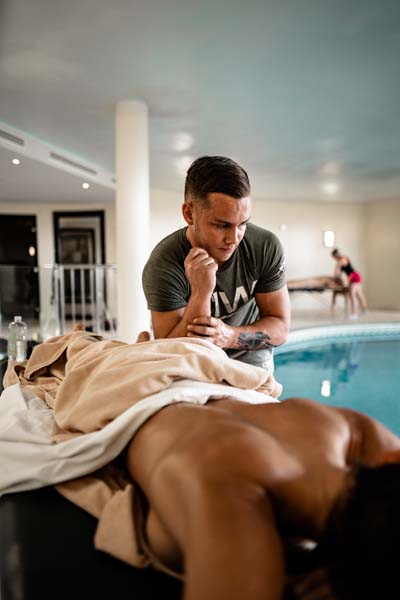 Before we get into showering after a massage topic, let’s discuss whether I should shower before or after a massage?. Ask any massage therapist, and they’ll tell you it’s perfectly okay to take a shower before your massage. Shower eliminates all impurities, so they don’t get absorbed into the skin when the therapist applies oils and lotions. At the same time, the shower will loosen some muscles and make the effects of massage a lot better.
Before we get into showering after a massage topic, let’s discuss whether I should shower before or after a massage?. Ask any massage therapist, and they’ll tell you it’s perfectly okay to take a shower before your massage. Shower eliminates all impurities, so they don’t get absorbed into the skin when the therapist applies oils and lotions. At the same time, the shower will loosen some muscles and make the effects of massage a lot better.
Probably one of the most frequently asked questions about massages is whether it’s okay to take a shower afterward. The answer is simple: it is. During the massage, a therapist applies lotions and oils, which provide the right amount of slip and friction for maximum benefit. The massage oils and lotions also promote relaxation and calmness. They are meant to do most of their work during the massage. While some people do like to keep them later to retain aromatherapy benefits, others find them too slick.
Taking a warm shower is a good idea because it’s soothing. But when it comes to shower after the massage, the temperature is vital. While warm showers are okay, too hot shower is not a good idea. A too-hot shower or bath can boost blood flow, and since massage does the same, you could feel dizzy.
Can I work out after a massage?
Generally speaking, you shouldn’t exercise right after a massage. The best thing to do is wait about 24 hours before you start working out after a full-body massage. If you really feel the need to exercise, then engaging in light activities could be the option. Strenuous activities are a no-no.
On the flip side, a light massage can even enhance your athletic performance.
I recommend consulting your massage therapist. Ask them whether you can work out after massage and what activities are considered acceptable.
Conclusion
Don’t stress about what to do after a massage; the goal is to stay calm and relaxed. That’s why everything you do should be for the sake of remaining in that state. Light meals, a lot of water, no alcohol, and coffee, are all important for enhancing the effects of massage. Remember, showers are a good idea but avoid scorching hot temperatures. Light activities are okay, but engaging in vigorous exercise may not be.
Related Reading
- Can A Massage Cause Diarrhea? What Other Massage After Effects You Need To Know
- How To Prepare For A Massage According To A Massage Therapist
- Tim Tam Massager Reviews: The Best Ever Massager For Muscle Pains
- Best Shoes For Massage Therapists
Photo by John Fornander on Unsplash, and Harli Marten on Unsplash
 P. Sze
P. Sze 




